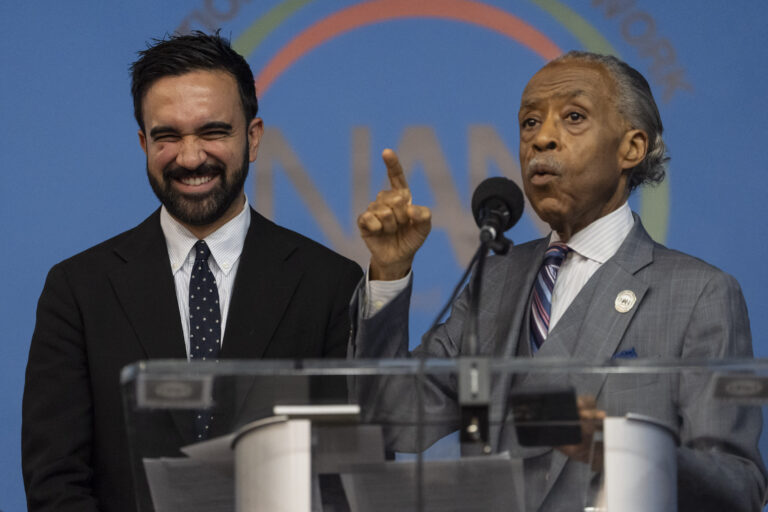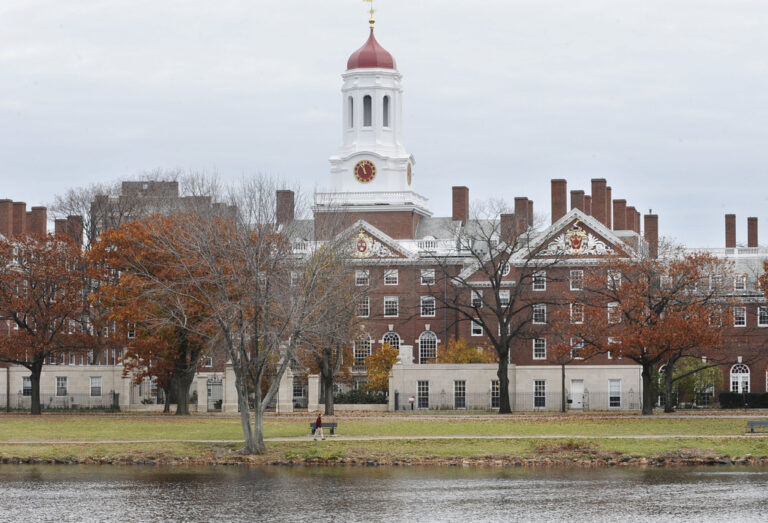 The engineer of an Amtrak train that derailed in Philadelphia last year, killing eight people, might have lost track of where he was because he was “greatly influenced” by an incident in which a nearby commuter train was struck by a rock, federal regulators said Tuesday.
The engineer of an Amtrak train that derailed in Philadelphia last year, killing eight people, might have lost track of where he was because he was “greatly influenced” by an incident in which a nearby commuter train was struck by a rock, federal regulators said Tuesday.
Christopher Hart, chairman of the National Transportation Safety Board, also said a key backup safety system, called positive train control, was not in place at the accident site and would have provided a “technological safety net for inevitable human error.”
“It is a world in which the engineer relies in part on the memorized details of the route and a world in which a loss of awareness can take a terrible toll,” Hart said in his opening remarks as the board meets to detail the probable cause of the derailment.
Engineer Brandon Bostian told investigators after the derailment that he remembered radio traffic that night from a commuter train operator who said a rock had shattered his windshield.
Bostian’s attorney didn’t return an email sent Monday seeking comment. An Amtrak spokesman said the agency will comment after the hearing.
Steve Jenner, the NTSB’s human performance investigator, said Bostian might have lost track of where he was before accelerating into the dangerous curve because his attention was diverted by the incident involving a Southeastern Pennsylvania Transportation Authority train.
Jenner said Bostian opened the train up to full throttle for 40 seconds before the derailment and the train reached 106 mph. He said that would make sense for someone thinking he had already passed the curve.
After the derailment, the train’s emergency windows dislodged as the train cars slid on their sides, killing four people who were ejected, according to NTSB investigator Dana Sanzo.
The investigation also found that police transported many of the injured people to the hospital instead of waiting for ambulances. Pat McKay with the NTSB said just 23 of the 185 survivors hospitalized in the crash were taken in an ambulance.
The rest were taken by other means, such as city buses, police cars, vans and paddy wagons. That includes at least 28 of the 43 people with serious injuries. In all, 24 people were transported by ambulance. One died at the hospital.
Philadelphia’s police and fire departments don’t have the same dispatch system. Medical research shows similar outcomes between patients taken to the hospital by police vehicles and by ambulances.
The city’s office of emergency management is finalizing a revised mass-casualty plan that will continue to allow police to transport victims but will aim for better coordination with the fire department, said spokeswoman Noelle Foizen.
Investigators are looking into why the train from Washington to New York City was going double the 50 mph limit around a sharp curve about 10 minutes after leaving Philadelphia’s 30th Street Station.
Bostian told investigators that he was concerned about the welfare of the commuter train’s engineer and “a little bit concerned” for his own safety, but he never indicated in either NTSB interview that his train had been struck, too.
Bostian, regarded by friends for his safety-mindedness and love of railroading, apparently commented in an online forum for train enthusiasts on a range of industry issues, including safety. Some of the posts lamented that railroads hadn’t been fast enough to adopt technology that can prevent trains from going over the speed limit. The person behind the username signed a few of the posts “Brandon Bostian” or simply “Brandon,” though they were never definitively linked to him.
The engineer has been suspended without pay since the crash. A letter from Amtrak in the NTSB files shows he was suspended for speeding.
Positive train control is designed to automatically slow a train that’s exceeding the speed limit.
Amtrak has installed it on all the track it owns on the Northeast Corridor from Boston to Washington. A 56-mile stretch from New Rochelle, New York, to New Haven, Connecticut, is owned by other entities and is planned to have automatic controls installed by a deadline at the end of 2018.
“If PTC was in place on Frankford Junction on May 12, 2015, we would not be here today,” Ted Turpin, an NTSB investigator, said Tuesday.
(AP)










